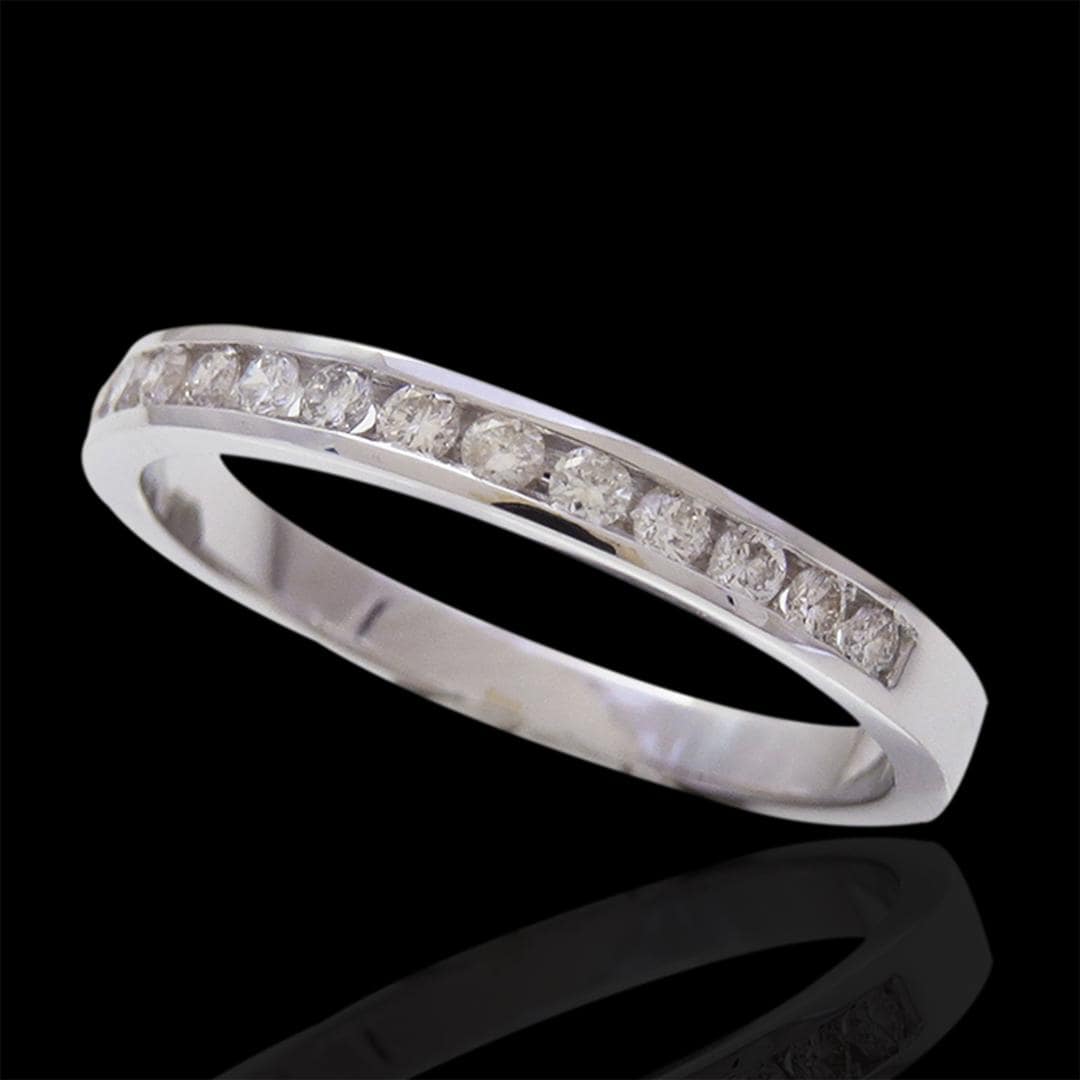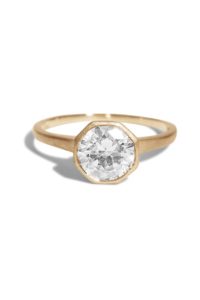Types Of Stone Settings
Stone setting is the essential stage in jewellery making, where gemstones are cast in metal to embellish jewellery pieces. The stone setting holds the gemstone and amplifies its brilliance by displaying its cut, colour, and clarity. The various types of settings refer to the metal that holds the gemstone in its place. Each style emphasizes magnifying the elegance of the stones and the finesse of the jewellery.
If you wish to know what suits you best. Here is a detailed guide of some of the most prevalent and extensively used setting types.
Prong
Prongs are small metal tips that hold the gemstone in place. This type of setting enables the gemstone to interact with more light making the gemstone luminous and lustrous. It gives a classy appearance to the jewellery. It is comparatively effortless to maintain. All this makes the prong setting one of the most commonly used and favoured settings. There are various kinds of prong settings v.i.z. Common-round prong, pointed/claw, double claw, flat tab, and many more.

Bezel
A bezel setting is the most insulating amongst all other settings. The bezel is used daily to wear jewellery and set stones like emeralds that are more fragile and need insulation in case of bumps and falls. The most commonly used type of bezel setting is the full bezel that encloses the stone completely. A partial bezel is another setting that does not surround the gemstone; it often holds the gem from the sides, securing it in place. These types of partial bezel settings are called half bezel, open bezel, semi bezels. Bezel settings work for many shapes of diamonds like the oval, Asscher, pear, heart-shaped. However, it is majorly used to set round diamonds. The Bezel setting is highly detailed and illustrative, adding a lot of drama and a vintage look to the jewellery.
Chanel
The Chanel setting is signified where the stone sinks along the track of the metal walls. The stones are set together and are not separated by prongs, beads, or bezels. It is the most cost-effective amongst all other types of settings as it helps to hide the variation in the size of diamonds. This type of setting eliminates fragility, and it prevents the jewellery from snagging in clothes. It is very easy to clean and maintain, although it is prone to attract dust. Chanel setting gets a clear win with all the pros and cons listed and is the most preferred.
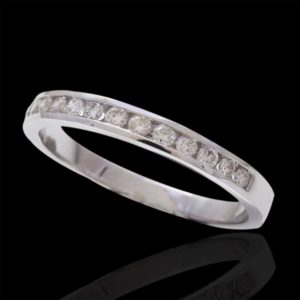
Pave
Pave is pronounced as ‘pah-vey’; it is the french word for pavement. The pave setting indicates tiny diamonds or gemstones have been used to pave the metal. Pave beautifies jewellery pieces by hiding the metal with scintillating, bright gemstones endowing brilliance and detail. It is the most popular type amongst engagement rings, and wedding rings add shimmer and sparkle to the ring. There are various kinds of pave v.i.z. Micro pave, u-cut pave, french pave, and petit pave. All these varieties help add to the beauty of gemstones.
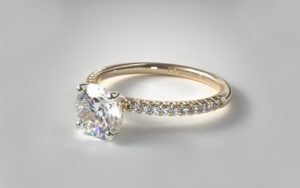
Flush
The flush setting is also called a gypsy or hammer-style setting. It is not as popular as other types of settings. It sustains a dressy and upscale look to a metal band with gemstones. It is the best setting that gives a contemporary, robust, and chic look in the rings. Diamonds or gemstones are placed into a drilled hole, where they are set flush against the metal. The metal around the jewel is pounded down to fit the stone smoothly against the metal to show no edges. Unlike bezel, the flush setting does not insulate the gemstone with metal. The flush setting provides armor for the rock, making it the most loved by people who put their hands to work the most. It also prohibits the stone from getting entangled in hair, sheets, clothes. It is low maintenance and is popular amongst people who are prone to accidents.

Tension
A tension setting is the most conservative setting where the gemstone is seen afloat within the ring’s band. Within tension settings, there are different arrangements, like the perpendicular, elevated tension prongs, twisted bypass, and many others. Mostly sturdy metals like titanium, gold, white gold, and even stainless steel produce a ring with a tension setting. As in the case of metals, even gemstones used have to withstand the tension to create the magical experience. Hence, gemstones like ruby, diamond, sapphire, cubic zirconia are used to create these masterpieces. This type of setting is a hot favorite amongst people who believe in simplistic designs and endure them.
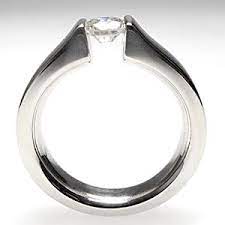
So, next time you are out and about shopping for gemstone rings, keep these stone settings in mind and pick a setting that meets your requirements.

